Discover the perfect pairing of cumin and chili for your cooking. This guide explains why these spices work together, how to use them effectively, and provides practical tips for selecting and storing quality products.
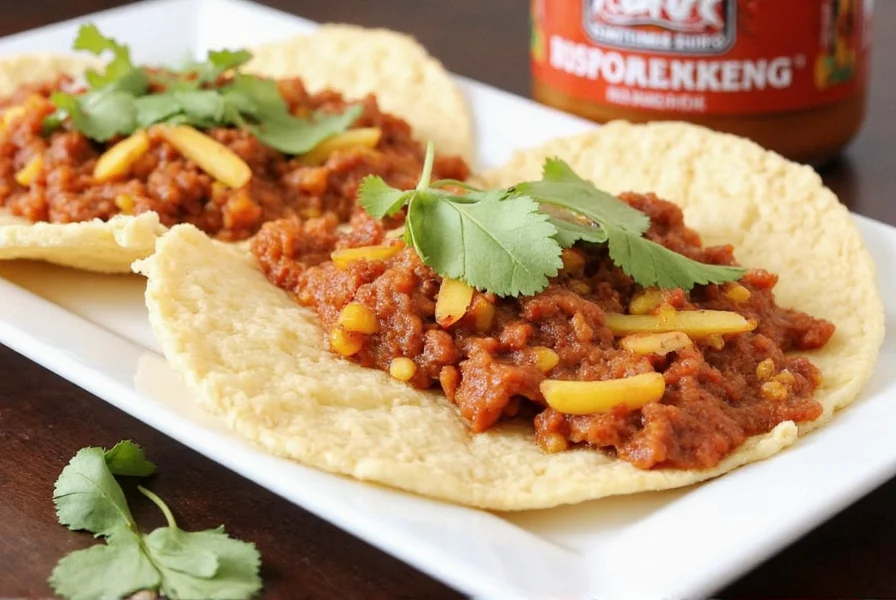
Cumin and chili are two spices that complement each other perfectly in cooking. Cumin provides earthy warmth while chili adds bright heat, creating balanced flavor profiles across many cuisines. This guide covers everything you need to know about using these spices effectively.
Understanding Cumin and Chili
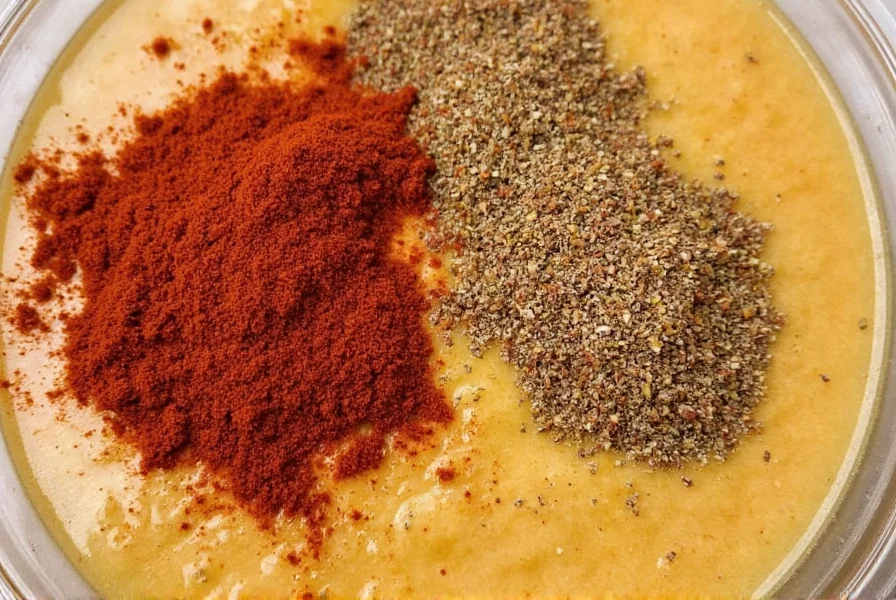
Cumin (Cuminum cyminum) is a spice with earthy, nutty flavors commonly used in Mexican, Indian, Middle Eastern, and North African cuisines. Toasting whole cumin seeds before use enhances their aroma and flavor.
| Type | Description | Best For |
|---|---|---|
| Whole Seeds | Darker brown, oblong seeds; more aromatic when toasted | Custom grinding, infusing oils, dry rubs |
| Ground Cumin | Fine powder; convenient but loses potency faster | Everyday cooking, soups, stews |
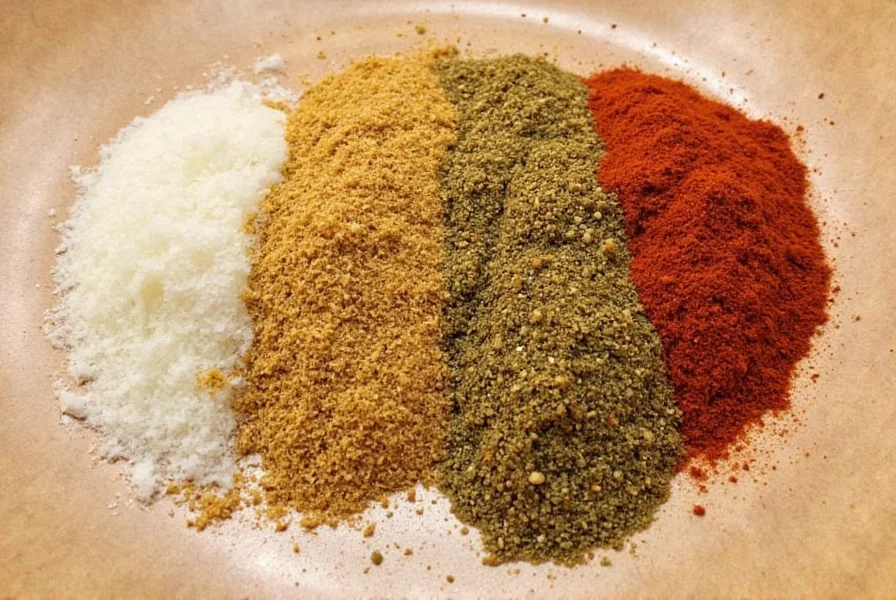
Chili refers to Capsicum peppers in various forms, providing heat and complexity. The Scoville scale measures chili heat intensity, helping you balance flavors in your dishes.
| Type | Description | Best For |
|---|---|---|
| Fresh Chilies | Jalapeño, serrano, Thai bird's eye | Salsas, garnishes, raw heat |
| Dried Chilies | Ancho, guajillo, pasilla, arbol | Rehydrating, sauces, slow-cooked dishes |
| Chili Powder | Ground mixture of chili and other spices | Seasoning blends, easy storage |
| Chili Flakes | Dried, crushed red pepper flakes | Pizza, pasta, finishing touch |
Why Cumin and Chili Work Together
- Complementary Flavors: Cumin's earthiness balances chili's heat
- Global Versatility: Used in cuisines worldwide from Indian curries to Tex-Mex dishes
- Balanced Heat: Cumin tempers chili's intensity for more palatable spice
- Enhanced Aromatics: Together they create complex flavor profiles
Practical Applications
Top Recipes Featuring Cumin & Chili
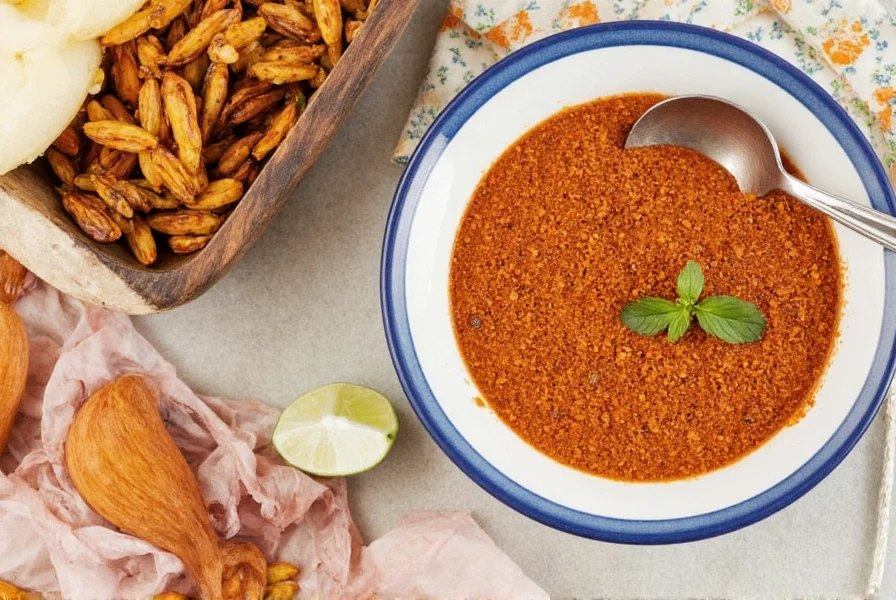
- Tacos Al Pastor: Cumin-infused pork with red chili paste base
- Black Bean Soup: Toasted cumin seeds with smoked paprika and chili powder
- Vegetarian Chili: Layered with kidney beans, tomatoes, and spices
- Chili-Cumin Roasted Chickpeas: Crispy snack coated in olive oil, cumin, and chili powder
Buying Guide
When selecting quality cumin and chili products, look for:
- Aroma: Fresh cumin should smell earthy and warm; chili should have vibrant scent
- Packaging: Opaque containers protect against light degradation
- Origin: Authentic products from regions like India (cumin), Mexico (chili)
- Grind: Whole seeds maintain freshness longer than ground spices
| Brand | Product | Features | Best For |
|---|---|---|---|
| McCormick | Ground Cumin | Consistent quality, affordable | Everyday cooking |
| La Flor | Whole Cumin Seeds | Mexican origin, bold flavor | Traditional Mexican dishes |
| Badia | Chili Powder | Latin American blend, balanced heat | Tacos, burritos, fajitas |
| Epices de Cru | Dried Guajillo Peppers | High-quality, French-imported | Authentic mole sauces |
| Simply Organic | Organic Chili Powder | Certified organic, no additives | Health-conscious cooks |
Pro Tips for Using Cumin & Chili
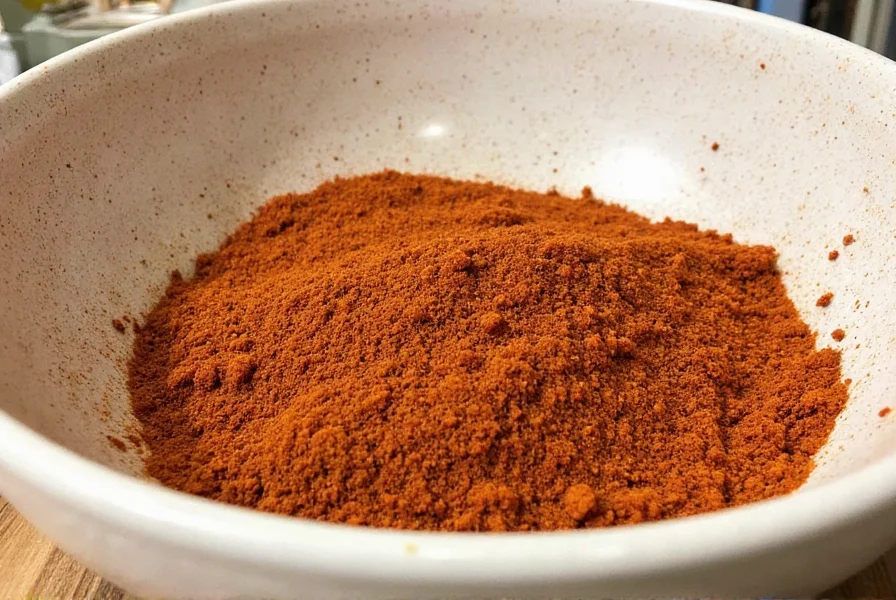
- Toasting: Warm whole seeds in dry pan until fragrant for maximum flavor
- Blooming: Add ground spices to hot oil at beginning of cooking
- Heat Balance: Add dairy, acid, or sweetness to tame excessive heat
- Storage: Store in airtight containers away from light and heat
Frequently Asked Questions

Can I substitute cumin if I don't have it?
While no single spice perfectly replicates cumin's unique earthy flavor, caraway seeds or coriander can provide similar aromatic profile in a pinch. For Mexican dishes, a small amount of chili powder often contains cumin already. In curries, ground coriander with a pinch of turmeric makes a reasonable substitute.
How do I reduce the heat if I've added too much chili?
Add dairy (yogurt, sour cream, or milk), acidic elements (lime juice or vinegar), sweetness (honey or sugar), or bulk up the dish with additional ingredients like beans or tomatoes. Coconut milk works particularly well in curries and stews to balance intense heat while adding creaminess.
What's the difference between chili powder and cayenne pepper?
Chili powder is typically a blend of ground dried chilies, cumin, garlic powder, and other spices, offering moderate heat with complex flavor. Cayenne pepper is pure ground dried cayenne peppers, delivering intense, straightforward heat. They're not interchangeable - use chili powder for authentic Mexican flavors and cayenne when you want pure, direct heat.
Does toasting really make a difference for cumin?
Yes! Toasting whole cumin seeds in a dry pan for 1-2 minutes until fragrant dramatically enhances their flavor. The heat releases essential oils, intensifying the earthy, nutty notes while reducing any bitterness. Ground cumin can't be toasted effectively since it burns easily, so buy whole seeds and grind them fresh after toasting for maximum flavor impact.
How long do cumin and chili spices stay fresh?
Whole cumin seeds retain peak flavor for 2-3 years when stored properly in airtight containers away from light and heat. Ground cumin loses potency faster - about 6-12 months. Chili powders maintain quality for 1-2 years, while fresh chilies last 1-2 weeks in the refrigerator. Always check spices by smelling them - if the aroma is weak, it's time for a fresh batch.
Can I use fresh chilies instead of chili powder in recipes?
Absolutely. For every teaspoon of chili powder, substitute 1-2 fresh chilies (depending on heat preference), finely minced. Sauté them early in cooking to mellow the raw flavor. Remember that fresh chilies provide moisture and texture differences, so adjust liquid content slightly in recipes like stews or sauces. Dried chilies rehydrated in hot water make an even closer substitute for chili powder.
Conclusion
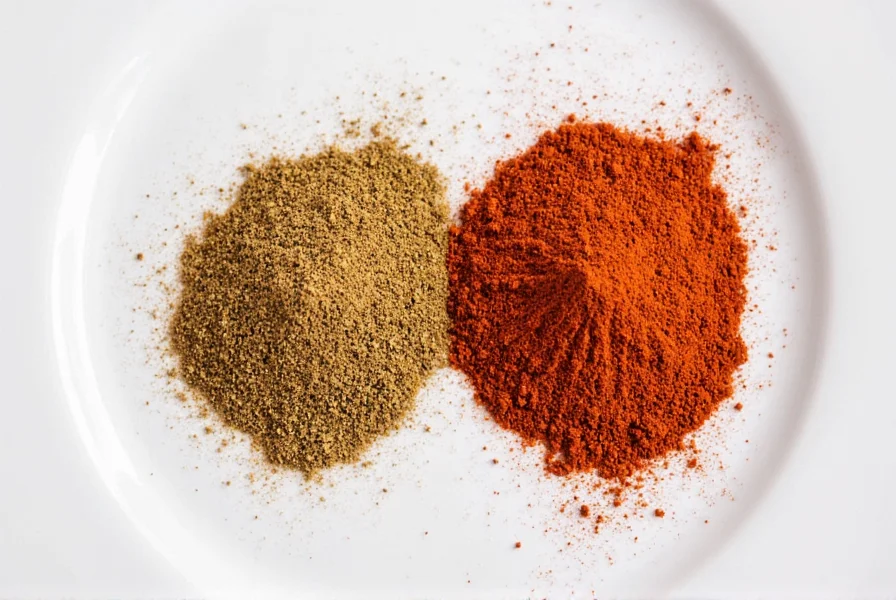
Cumin and chili are culinary powerhouses that transform ordinary dishes into extraordinary meals. Their complementary flavors create balanced, complex profiles across global cuisines. Whether you're cooking for family dinners or experimenting with new recipes, mastering this spice pairing will elevate your cooking significantly.

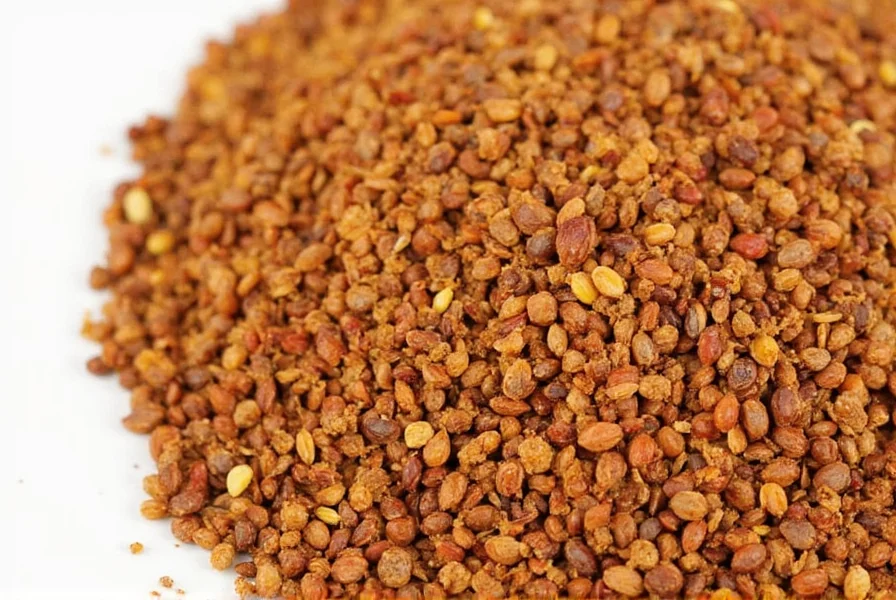









 浙公网安备
33010002000092号
浙公网安备
33010002000092号 浙B2-20120091-4
浙B2-20120091-4